Masada is an ancient Judean fortress built on a mountaintop at 434 metres above the Dead Sea level on the southwest coast of the Dead Sea. Covering an area of about 7 hectares, the site was extensively built between 37 to 4 BC by King Herod the Great, King of Judaea, although it may have first been settled already in 900 BC and first fortified by either General Jonathan Maccabeus (143/142 BC) or by Alexander Jannaeus (103BC), both of the Hasmonean dynasty.
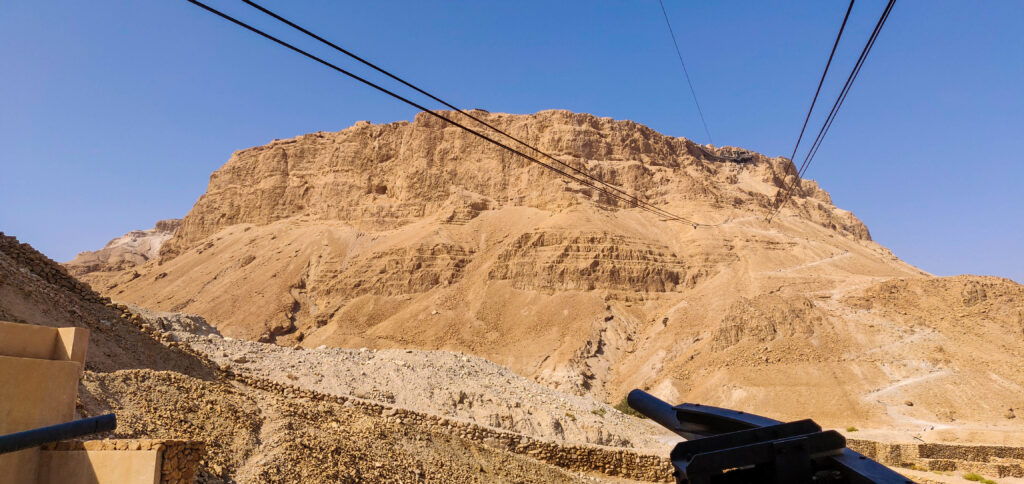
What’s there to see in Masada?
The name ‘Masada‘ itself means ‘fortress‘ in Hebrew, as the mountain itself is a natural fortress. Designated a UNESCO Heritage site in 2001, Masada is definitely worth a visit for history buffs for the palaces and fortifications of King Herod the Great and also for Judean resistance to the Roman siege in 72-73 AD.
For others, it is a truly magnificent and breathtaking location. The remote and arid landscape, the heights from which you can see the Dead Sea and the entire surroundings, make this a worthwhile visit.
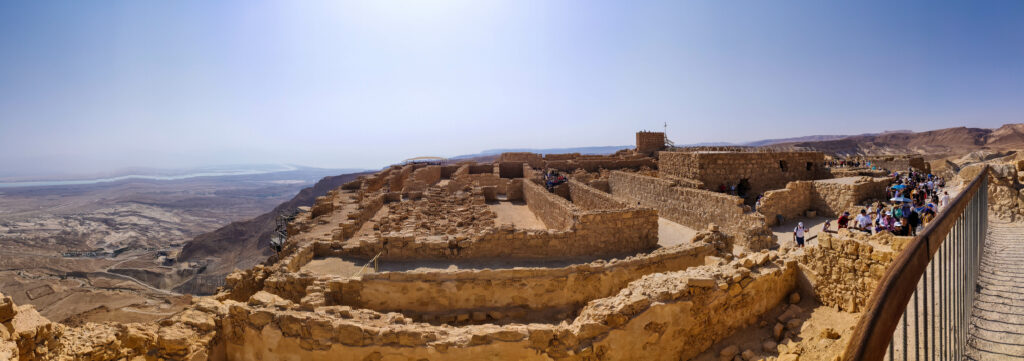
The Remains of Herod’s Palace at Masada
Masada is a historical gem, because the remains of King Herod’s palaces reveal the engineering genius two thousand years ago to construct such a city at such great heights, in such a remote dessert location.
Aqueducts were constructed to bring water from outside the region, and cisterns underneath the palaces hold nearly 750,000 litres of water!
The water system was so sophisticated, that its water supplies from one single day’s rain could sustain life for a thousand people over a period of two to three years. Not one but two palaces were discovered, and one of them was a “hanging” palace with three terraces overlooking the valleys. You can still see some frescoes and mosaic from the remains.

The Roman Siege of Masada
More than 60 years after Herod’s death, Jerusalem fell completely to Roman rule and the Second Temple was destroyed in 70 AD. A group of refugees resisted Roman occupation and retreated to Masada. Numbered less than a thousand, and led by a certain Eleazar ben Jair, the ‘Masada Zealots‘ as they were later called, resisted Roman siege for almost two years. The Roman legion X Fretensis under Flavius Silva led an army of almost 15,000 soldiers surrounded Masada.
Today, you can still see almost intact remnants of the Roman camps around Masada. These are the only surviving remains of Roman attack camps in the world, thanks to the dry dessert conditions by the Dead Sea.
After two years, one of the stronghold’s walls were finally breached. But by the time the Romans got inside the fortress, all of the zealots took their lives, except for two women and five children who were hiding in a water conduit.
The Rediscovery of Masada
The site was abandoned after it fell to the Romans, and there was briefly a Byzantine church in the 5th-6th century.
Untouched for more than thirteen centuries until its rediscovery in 1828, Masada yielded such much archaeological evidence of the accounts written by historian Josephus, regarding the palaces and the siege.
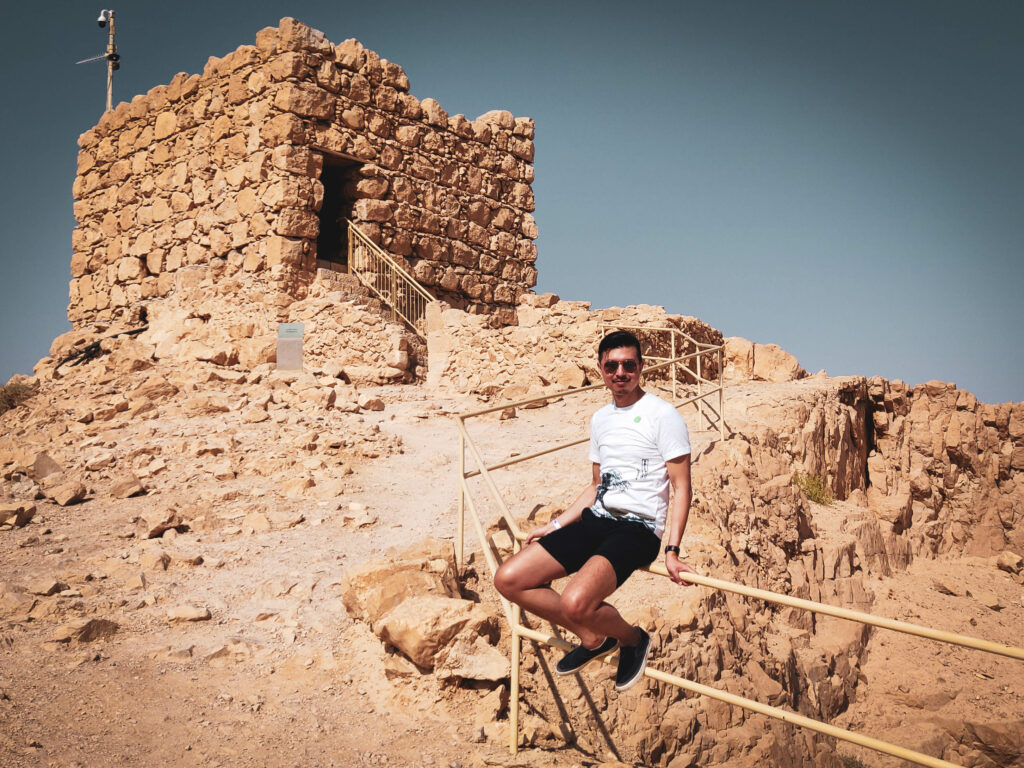
How to get to Masada
You can get to Masada National Park by car, or by coach if you follow a tour. The latter is highly recommended as much of the ruins are now just rocks, you really need someone to point out what it was before.
The visitor centre is located at the foot of the stronghold. After buying the tickets, you form a queue to get to the cable car station where the cable car will bring you to the landing station on Masada.
From the landing station, you then walk up to the summit.
If you choose to walk up to the summit from the foot instead of taking the cable car, there are two paths:
- The ‘Snake Path’ located on the northeastern face is the more challenging one. It opens everyday one hour before sunrise and closes for descent one hour before closing time.
- The ‘Roman Ramp Path’ is the other path, which opens 30 minutes before Sunrise and closes for descent 15 minutes before closing time.

Things to note before visiting
It is HOT. HOT. HOT. HOT. Make sure you wear a hat or a towel covering your head. There is very little to no shelter on the summit.
Bring a huge bottle of water, two if you are climbing on foot, as there are no café or food outlets on Masada due to its immense historical value.
There are also very few benches for you to sit and rest. With so much walking and climbing, you need to be able-bodied and have good trekking shoes on.
It is also an extremely popular site, so it gets extremely crowded. Queues at the ticket booth, at the ascent and descent cable car stations are all very long.
You will do well by going there very early (at sunrise) to avoid the coaches. It will also give you the best views!
More information on Masada’s website:
www.parks.org.il/en/reserve-park/masada-national-park/
Before you go:
Check out my post on: 7 things to do in and outside of Tel Aviv
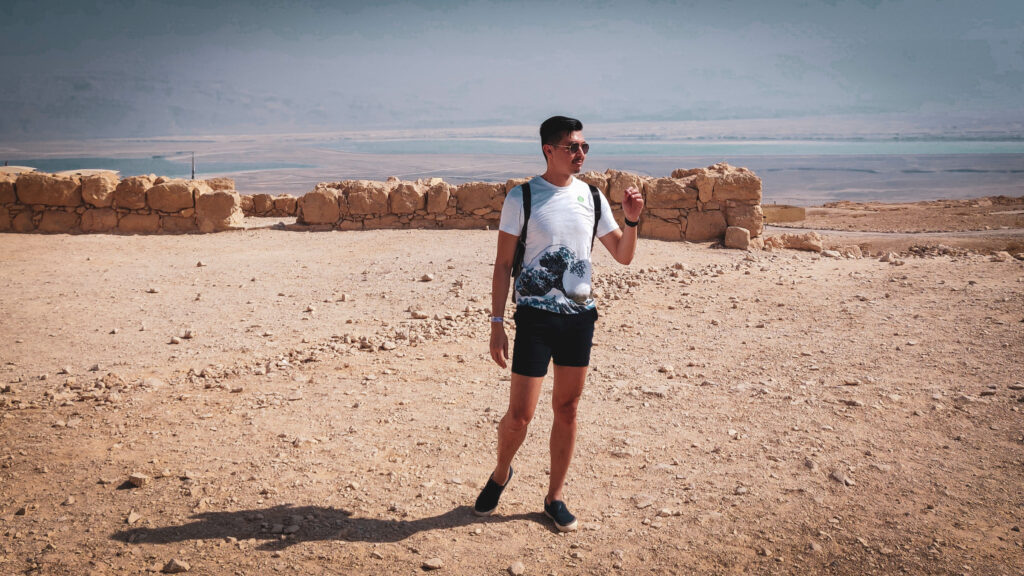




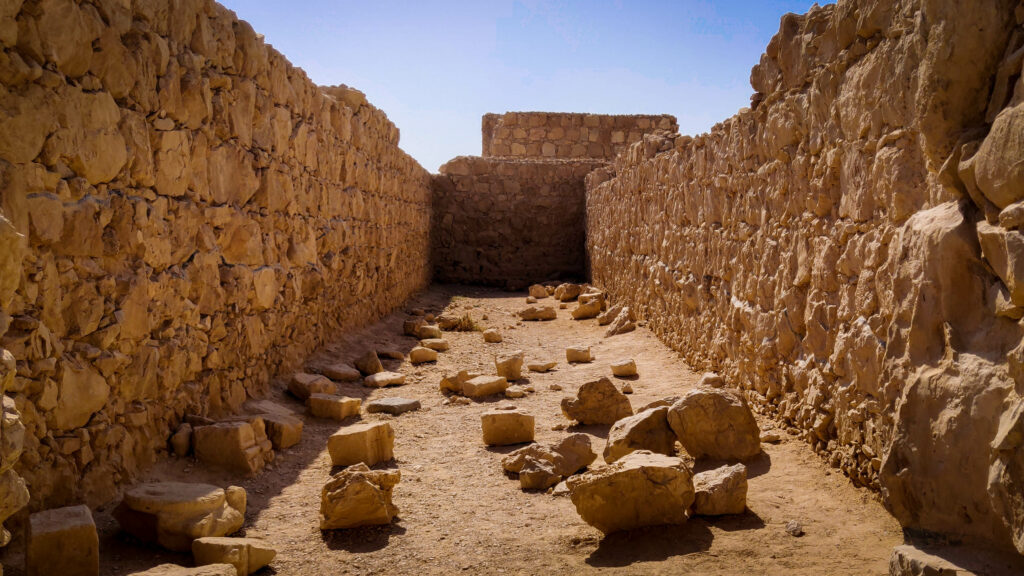

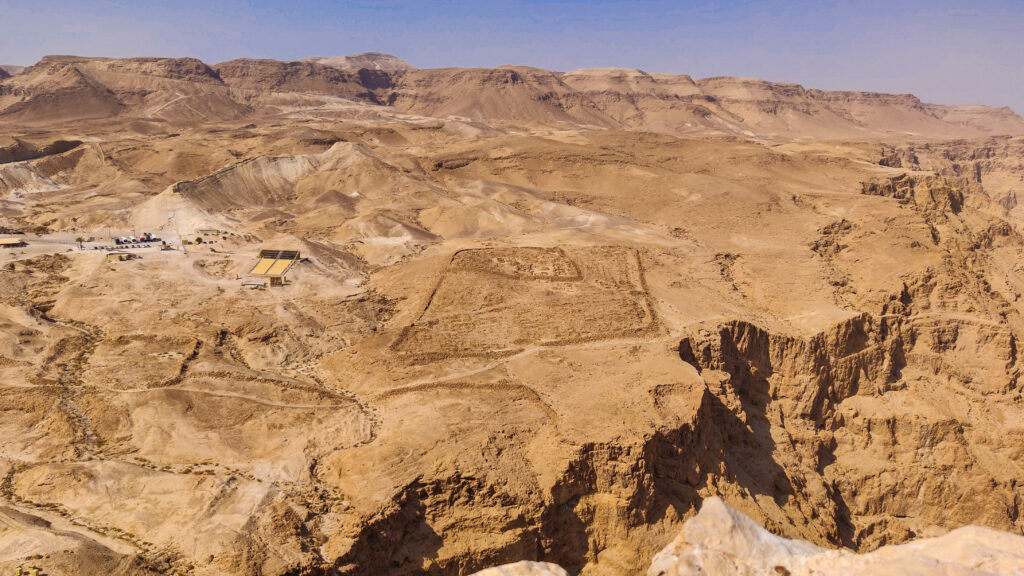

1 Comment